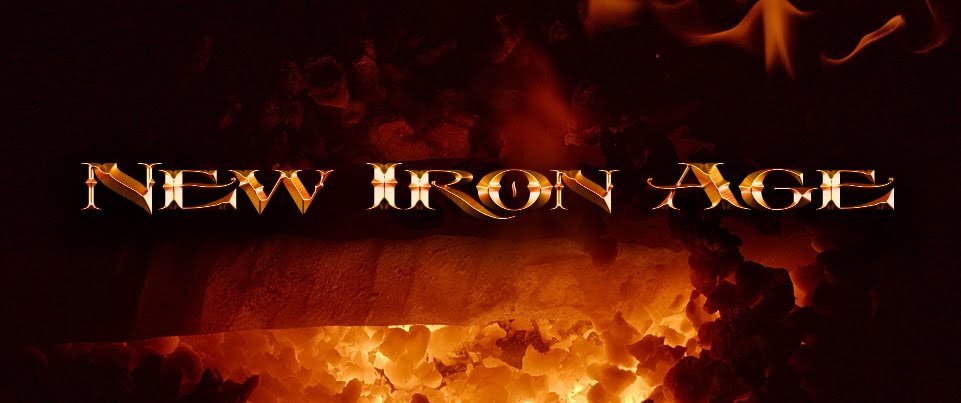The armies gathered under black skies lit by stars and phantom fire.
All across the northland riders passed, bearing with them undying
flame, and every place where men dwelled behind walls against the
night they brought the word that Druan called them to war. In a
hundred walled forts and sequestered vales men took down their spears
and axes, belted on their swords and donned their armor. Riders
passed through the dark, knots of flame moving in the deep cold, as
the warriors gathered, riding to the fortress called Ember.
They gathered there in hundreds, and then thousands. They found
safety in their very numbers, tents and shelters covering the ground.
Horses coursed in hundreds, forged flamed without ceasing, and the
smell of smoke from a thousand fires filled the air. It was the
greatest gathering of men that any of them had ever seen. On the
third day, the gates of Ember opened, and Druan himself came forth.
Most of them had never seen him before, only heard the stories, and
they struggled to see what they could. He rode a black horse and
wore a helm set with antlers and a mantle of wolf hides. When he
drew off his helm they saw his face, the flesh marked by the vivid
white scar and blind left eye.
Above the great gate hung the skull of the moon beast, dragged back
from the wilderness and displayed for all to see. It had been a year
since he slew the beast, and the ravens had long ago picked the dark
bones clean. It had taken time for the war lord to recover from his
wounds, and even now he walked with a heavy limp.
He held up the sword of the burning star, and men looked on it and
howled their war cries. That was the sword sent down from the sky,
from the hand of the Goddess to wield against their enemies. With
that sword Druan had cut down the creatures of darkness, had slain
their moon beast, and now he gathered them for a last attack. Once
before they had ridden to war against the enemies of their race, and
they had been defeated and driven from their old lands. Now they
would go to war again, and this time the fires of Ajahe would not be
prevented. The warriors howled and beat swords and spears upon their
shields, raising up a great shout to the blackened sky.




